Yes, shrimp do sleep, but not in the way humans do. They enter a state of reduced activity and slowed metabolic rate, which is akin to sleep. During this time, they often remain motionless, which can be mistaken for signs of illness or stress. However, it’s a natural part of their daily cycle.
Hello there, fellow shrimp enthusiasts! I’m here to dive into a question that’s been tickling the minds of many aquarists: Do shrimp sleep? As a seasoned shrimp keeper, I’ve spent countless hours observing these fascinating creatures, and I’ve noticed some intriguing behaviors that suggest they do indeed have a form of sleep. But it’s not as straightforward as you might think. So, let’s embark on this journey together, exploring the world of shrimp and their mysterious sleep patterns.

Shrimp Behavior: Active vs. Resting
Shrimp are fascinating creatures with behaviors that can seem mysterious to the untrained eye . Understanding these behaviors, particularly the difference between active and resting states, is crucial for any shrimp keeper.
. Understanding these behaviors, particularly the difference between active and resting states, is crucial for any shrimp keeper.
When shrimp are active, they’re a joy to watch. They scuttle around the tank, forage for food, interact with each other, and even swim freely in the water column. This active state is when they’re most visible and engaging. You’ll see them nibbling on algae , biofilm, and any food you’ve added to the tank. They might also be seen cleaning themselves or even molting, a process where they shed their exoskeleton to grow.
, biofilm, and any food you’ve added to the tank. They might also be seen cleaning themselves or even molting, a process where they shed their exoskeleton to grow.
On the flip side, shrimp also have resting periods. During these times, they become less active and may even appear motionless. This doesn’t mean they’re unwell or stressed – it’s simply their version of sleep. Shrimp don’t have eyelids to close, so they don’t “sleep” in the way we humans do. Instead, they enter a state of lowered activity and metabolic rate.
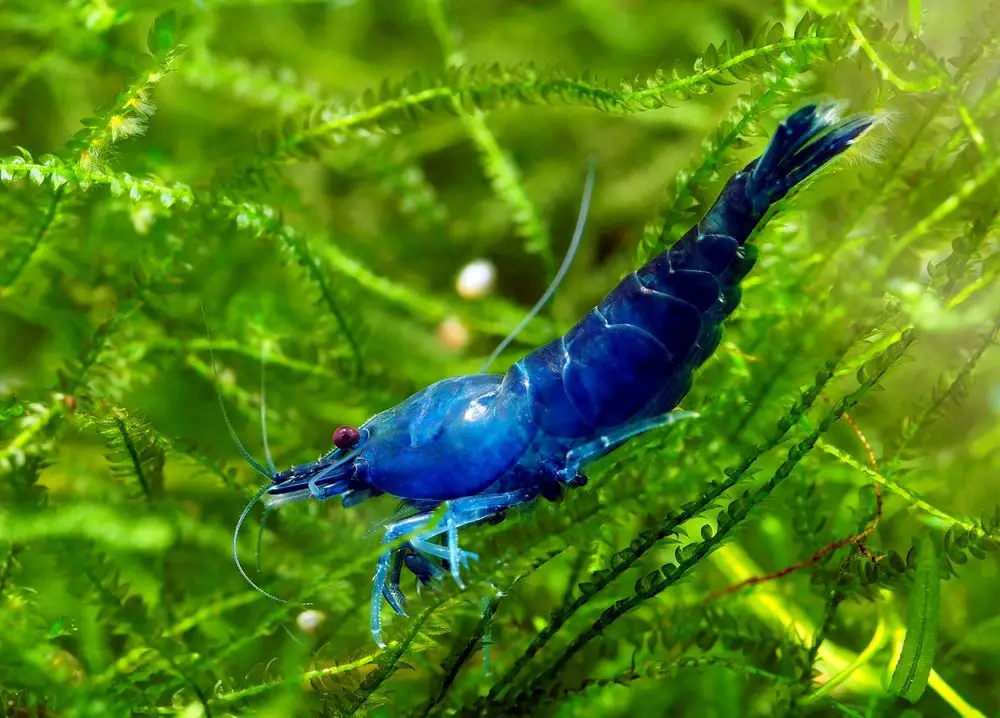
During these resting periods, shrimp often find a comfortable spot in the tank to settle down. This could be under a leaf, nestled in a plant, or tucked away in a crevice. They remain still, but if you look closely, you’ll notice their antennae may still twitch slightly, keeping them alert to any potential threats or changes in their environment.
It’s important to note that each shrimp has its own unique rhythm of activity and rest. Some may be more active during the day, while others seem to prefer the cover of darkness. This rhythm can be influenced by various factors, including the lighting in your tank, the overall environment, and even the specific species of shrimp.
So, next time you see your shrimp motionless, don’t panic! They might just be catching some z’s in their own shrimp-like way.
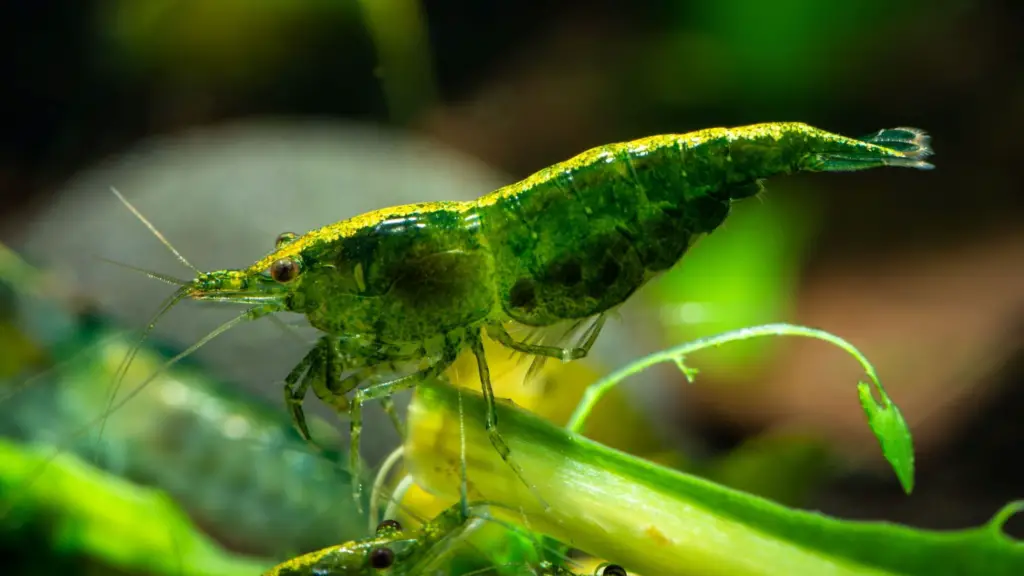
The Science Behind Shrimp Sleep: What Research Says
The question of whether shrimp sleep has been a topic of interest not just for hobbyists, but also for scientists. While there’s a lot we still don’t know, research has provided some insights into the sleep-like behaviors of shrimp and other crustaceans.
One of the challenges in studying sleep in shrimp, or any invertebrate for that matter, is defining what exactly constitutes “sleep.” In humans and other mammals, sleep is a complex physiological process characterized by specific patterns of brain activity. Since shrimp don’t have brains in the same way mammals do, researchers have to rely on behavioral observations and other indicators to infer sleep.
In a broader sense, sleep is often defined by a period of reduced activity and responsiveness to stimuli, which is reversible (meaning the animal can wake up if the stimulus is strong enough). By this definition, shrimp do appear to have sleep-like periods. They have times when they’re less active and less responsive to their environment, but can quickly spring into action if they sense danger or food.
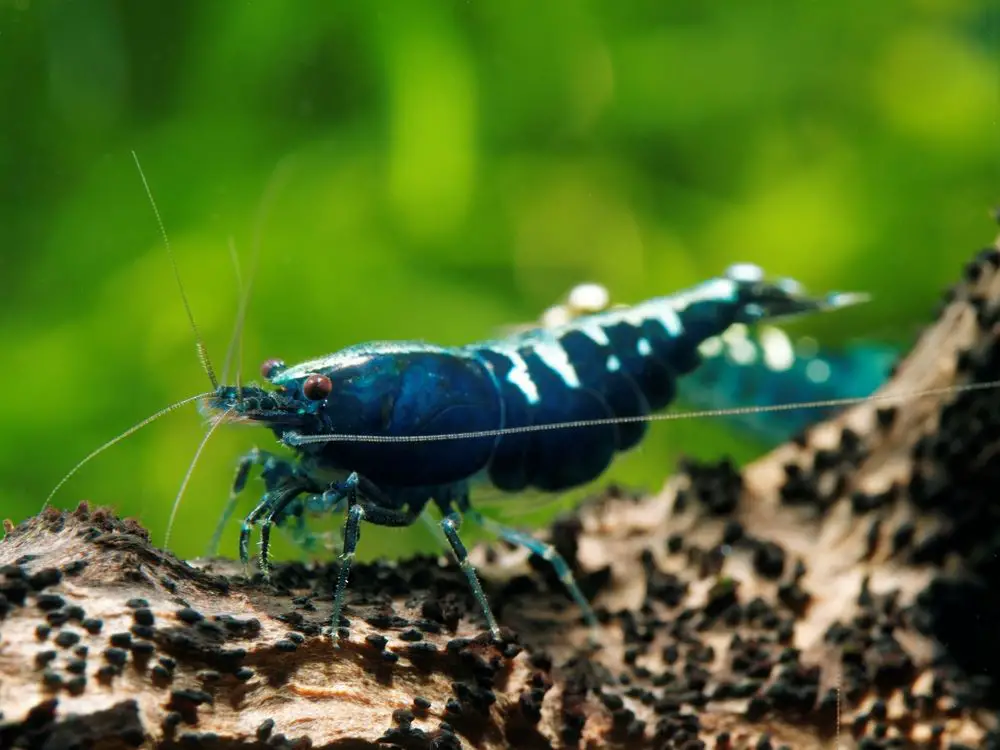
Some studies on crustaceans, such as crayfish, have found evidence of circadian rhythms – regular cycles of activity and rest that follow a roughly 24-hour schedule. While these studies haven’t specifically focused on shrimp, it’s reasonable to assume that shrimp, being closely related to crayfish, might exhibit similar patterns.
Furthermore, research has shown that environmental factors can influence these rest-activity cycles in crustaceans. For example, light levels, temperature, and even social interactions can affect when and how long these animals rest.
While we can’t say for certain that shrimp “sleep” in the way that humans do, the evidence suggests that they do have periods of rest and reduced activity that resemble sleep. More research is needed to fully understand this behavior and its implications for shrimp health and wellbeing.
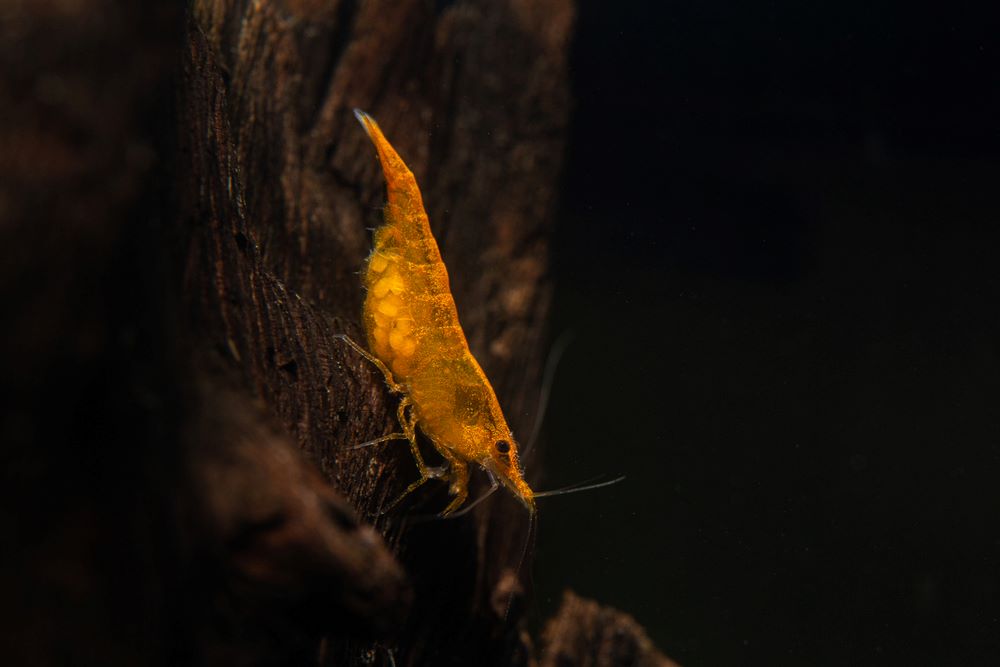
Observing Your Shrimp: Signs of Sleep
As a shrimp keeper, you’re in a unique position to observe the behaviors of these fascinating creatures. One of the most intriguing aspects to watch is their sleep or rest periods. But how can you tell if your shrimp is sleeping? Here are some signs to look out for.
- Reduced Activity: One of the most obvious signs that your shrimp might be in a rest period is reduced activity. Shrimp are generally quite active, constantly exploring their environment, foraging for food, and interacting with their tank mates. If you notice your shrimp has become still or is moving very little, it might be sleeping.
- Finding a Resting Spot: Shrimp often choose a specific spot in the tank to rest. This could be under a leaf, in a crevice, or nestled among plants. If you see your shrimp settled in one spot and not moving much, it’s likely in a rest period.
- Lowered Responsiveness: During their rest periods, shrimp are less responsive to stimuli. They might not react to light changes, food being added to the tank, or even the presence of other shrimp. However, if a potential threat is detected, they can quickly snap out of this state and dart away.
- Time of Day: Many shrimp species are more active during certain times of the day. Some are more active at night (nocturnal), while others are more active during the day (diurnal). If you notice your shrimp are consistently less active at certain times, this could be their “sleep” period.
Remember, each shrimp is unique and may not exhibit all these signs. The key is to spend time observing your shrimp and getting to know their normal behaviors. This will not only help you identify their rest periods, but also alert you to any changes that might indicate a health issue. After all, being a good shrimp keeper is all about understanding and caring for these wonderful creatures.
their normal behaviors. This will not only help you identify their rest periods, but also alert you to any changes that might indicate a health issue. After all, being a good shrimp keeper is all about understanding and caring for these wonderful creatures.
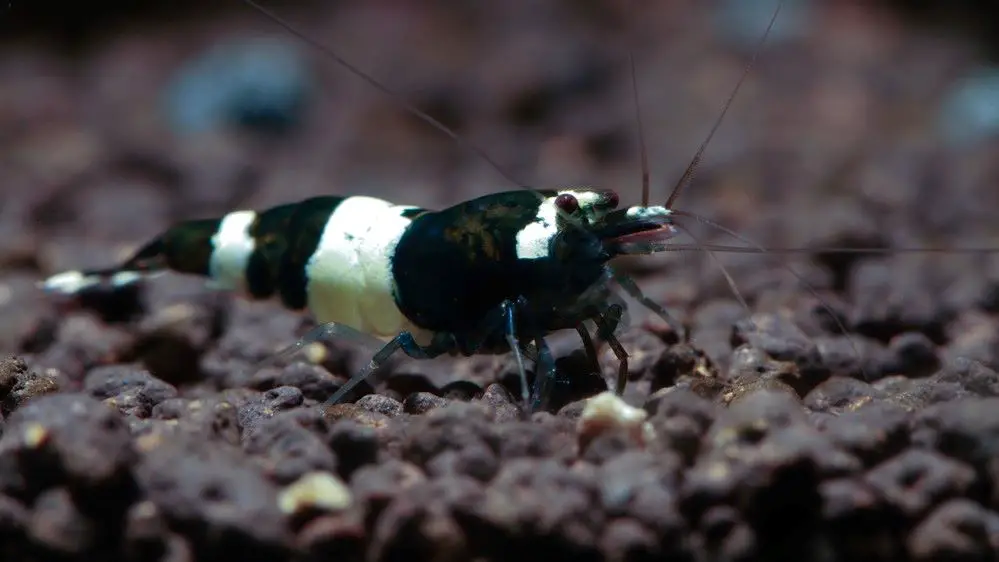
Shrimp Sleep and Tank Conditions: What You Need to Know
The conditions in your shrimp tank can have a significant impact on the sleep and overall behavior of your shrimp. Here are some key factors to consider:
- Lighting: Shrimp, like many animals, are sensitive to light. The lighting in your tank can influence their sleep-wake cycles. Many shrimp are more active during the night and rest during the day, so providing a period of darkness can help mimic their natural environment. Consider using a timer to regulate your tank’s lighting and create a consistent day-night cycle.
- Temperature: The temperature of your tank can also affect your shrimp’s behavior. Shrimp are ectothermic, meaning their body temperature is determined by their environment. If the water is too cold, their metabolism slows down, which can make them less active. On the other hand, if the water is too warm, it can cause stress and potentially harm your shrimp. Make sure to keep your tank within the recommended temperature range for your specific shrimp species.
- Hideouts: Providing plenty of hiding spots in your tank can help your shrimp feel safe and secure, which can promote restful sleep. These can be plants, rocks, driftwood, or specially designed shrimp hides. Shrimp often choose these spots to rest and sleep.
- Water Quality: Maintaining good water quality is crucial for the health and wellbeing of your shrimp. Poor water conditions can cause stress and disrupt your shrimp’s sleep. Regularly test your water for parameters like pH, ammonia, nitrite, and nitrate, and perform water changes as needed.
- Tank Mates: The presence of other animals in the tank can affect your shrimp’s behavior. Some fish or invertebrates may disturb your shrimp, disrupting their sleep. Choose tank mates carefully and monitor their interactions to ensure a peaceful environment.
By considering these factors and creating a suitable environment, you can help ensure your shrimp have healthy sleep patterns, which contributes to their overall wellbeing. Remember, a happy shrimp is a healthy shrimp!
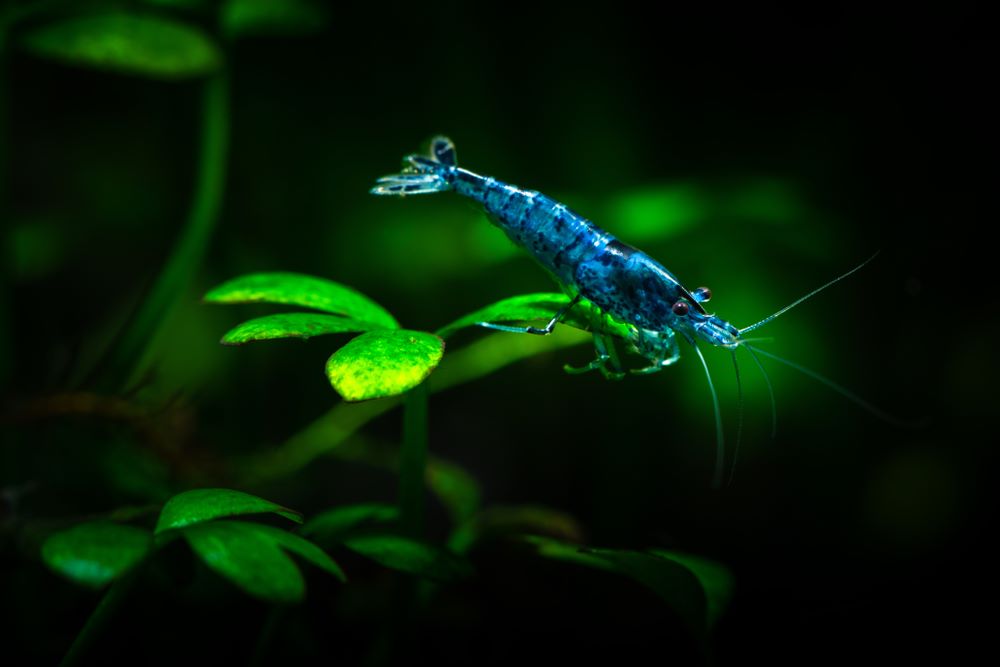
How Shrimp Sleep Affects Their Health
Just like in humans, rest periods or “sleep” in shrimp play a crucial role in their overall health and wellbeing. Here’s how:
- Stress Reduction: Rest periods provide shrimp with a chance to recover from the day’s activities and reduce stress. Just like us, shrimp can experience stress from various factors such as changes in their environment, aggressive tank mates, or poor water conditions. Having regular rest periods can help them manage this stress and maintain their health.
- Energy Conservation: During rest periods, shrimp’s metabolic rate slows down. This allows them to conserve energy, which can then be used for essential functions like growth, molting, and reproduction.
- Immune Function: Sleep or rest periods can also play a role in immune function. While the exact mechanisms aren’t fully understood, research in other animals suggests that sleep can help the immune system function optimally. While more research is needed in shrimp, it’s reasonable to assume that rest periods could have similar benefits.
- Growth and Molting: Shrimp
 grow by molting, a process where they shed their old exoskeleton and form a new one. This process requires a lot of energy and can be stressful for the shrimp. Rest periods can provide shrimp with the downtime they need to successfully molt and grow.
grow by molting, a process where they shed their old exoskeleton and form a new one. This process requires a lot of energy and can be stressful for the shrimp. Rest periods can provide shrimp with the downtime they need to successfully molt and grow. - Longevity: While it’s difficult to study directly, there’s reason to believe that regular rest periods could contribute to the longevity of shrimp. In other animals, chronic sleep deprivation has been linked to shorter lifespans. While we can’t say for sure if the same is true for shrimp, ensuring they have regular rest periods is likely beneficial for their lifespan.
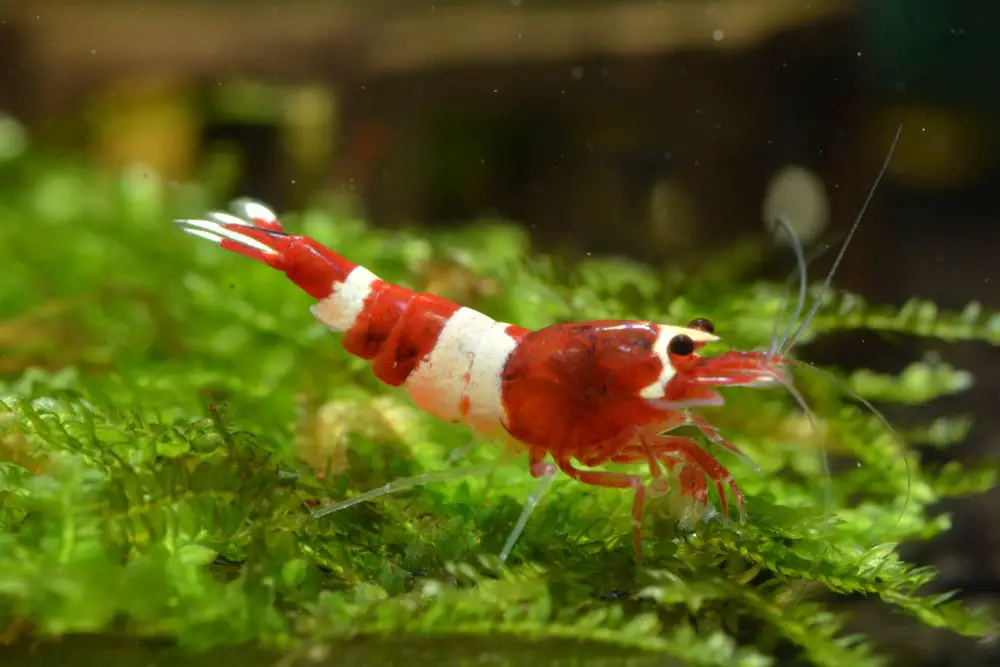
Conclusion
In the fascinating world of shrimp keeping, understanding the sleep behaviors of these captivating creatures is crucial. Shrimp do exhibit periods of rest or “sleep,” characterized by reduced activity and responsiveness. These periods are influenced by various factors, including tank conditions and environmental cues. Importantly, these rest periods play a vital role in the shrimp’s overall health, affecting stress levels, energy conservation, immune function, growth, and potentially even longevity.
As a shrimp keeper, it’s your responsibility to create an environment that supports these natural behaviors. This includes maintaining good water quality, providing a consistent light-dark cycle, ensuring the right temperature, and offering plenty of hiding spots. Observing your shrimp and understanding their unique rhythms of activity and rest will not only enhance your shrimp keeping experience but also contribute to the wellbeing of your shrimp.
If you ever find yourself in need of advice or have any questions about your shrimp’s behavior, don’t hesitate to reach out. Remember, the goal is to create a thriving environment for your shrimp where they can live their best shrimp lives.
Happy Shrimp Keeping!
Frequently Asked Questions About Shrimp Sleeping
Q. How many hours a day do shrimp sleep? A. Shrimp don’t have a sleep schedule like humans do, but they do have periods of rest and reduced activity. The duration of these periods can vary widely depending on the species and individual shrimp, as well as environmental factors like light and temperature.
Q. Are shrimp more active at night? A. Some species of shrimp are more active at night, a behavior known as being nocturnal. However, this can vary depending on the species and the specific conditions in their tank. Observing your shrimp’s behavior over time can help you understand their unique patterns of activity.
Q. Do shrimp get tired? A. While shrimp don’t get tired in the same way humans do, they do have periods of reduced activity that are similar to our concept of sleep. During these times, they rest and recover from their active periods.
Q. What do cherry shrimp do at night? A. Cherry shrimp, like many other shrimp species, can be more active at night. They may use this time to forage for food, explore their environment, and engage in social behaviors. However, they also have periods of rest during the night. The specific behaviors can vary depending on the individual shrimp and the conditions in their tank.
